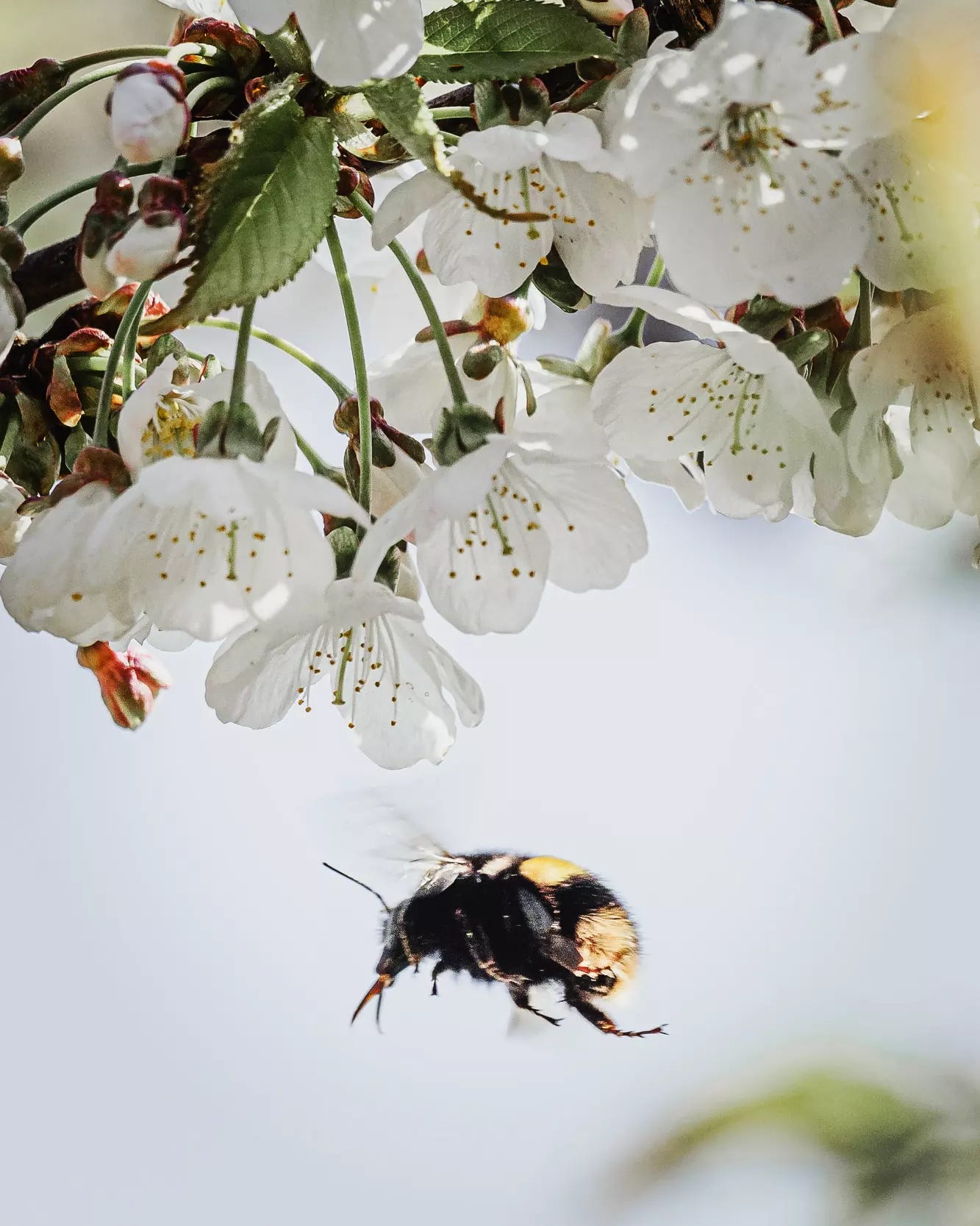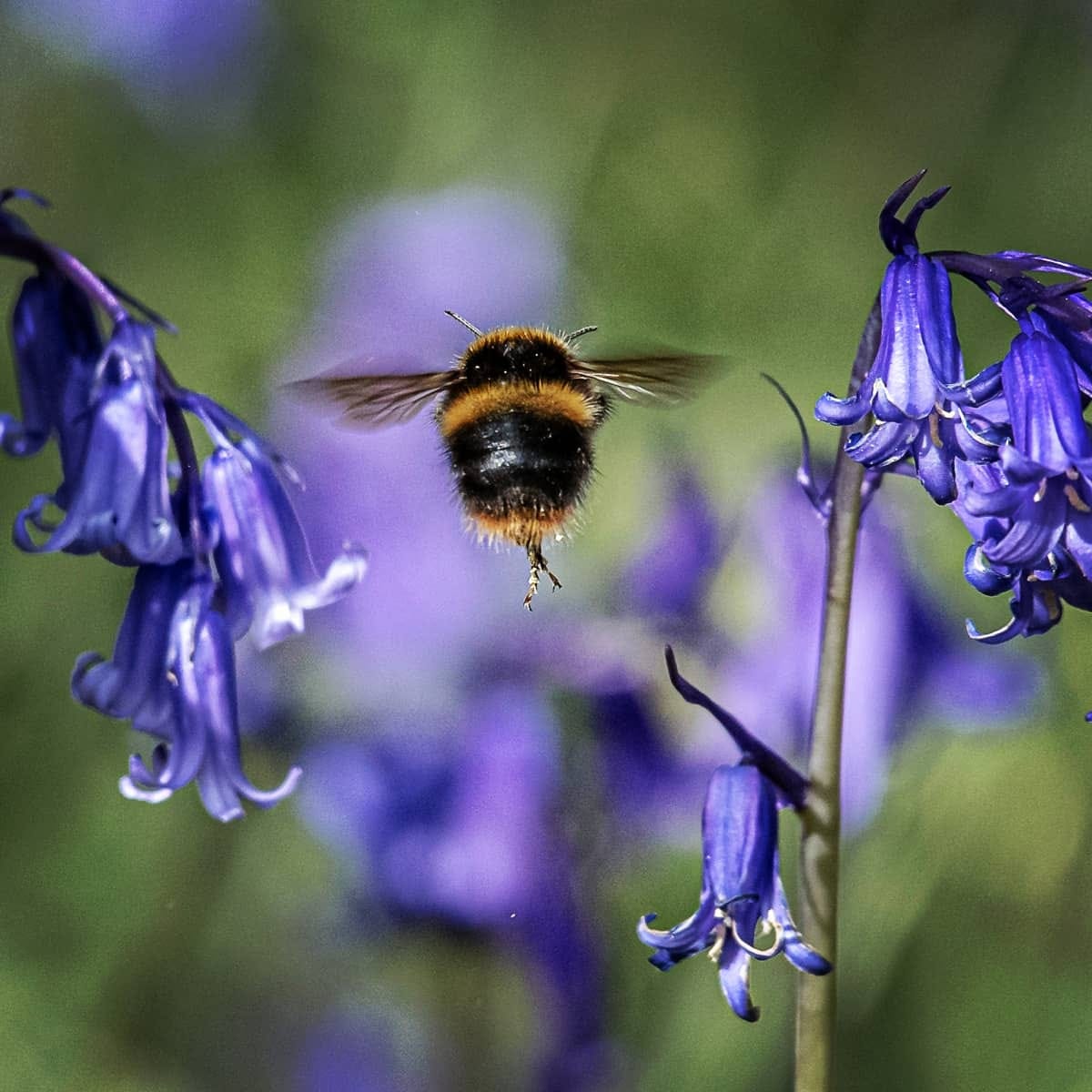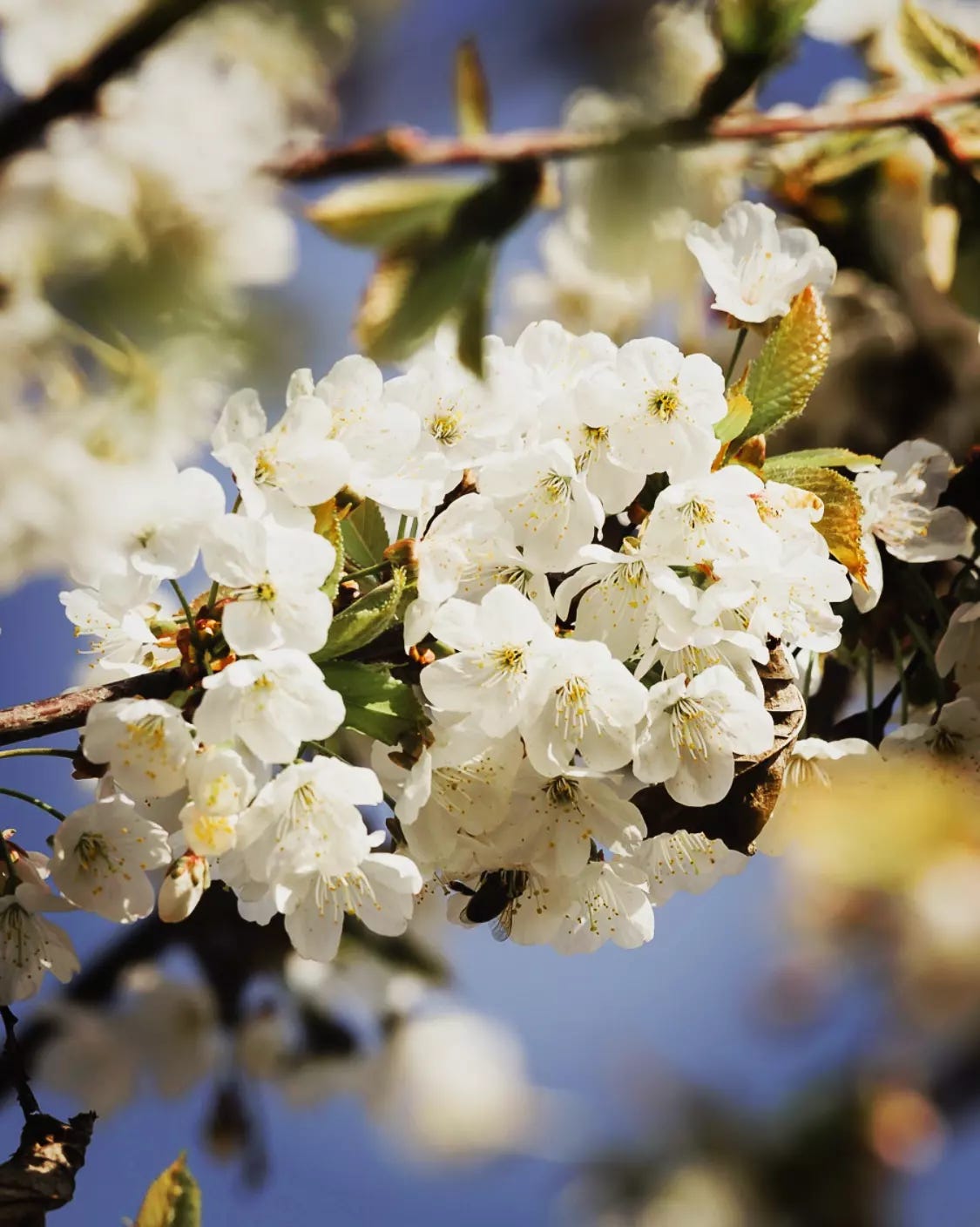Trees for Bees
Letts Safari parks and gardens are packed with trees for bees
Trees are an incredibly important source of food for bees and other pollinators. In part due to their large size which contains thousands of flower heads giving the pollinators their important source of food in one place. And bees play a vital role in our food chain, so we would do well to feed them!
Letts Safari’s network of parks and gardens feature a large number of trees for bees.
In order of flowering time, a few excellent species are cherry, willow, maple, horse-chestnut, acacia and linden. These trees provide high levels of pollen and nectar that bees need for their existence. There are also countless other species and, of course, we must not forget fruit trees either.
Pollinators, especially bees, require forage from early spring through to late autumn, and native trees, including hazel, alder and pussy willow can provide early sources of pollen when few plants are in flower.
Bees feed on a mixture of pollen and nectar. The need the protein within the pollen to grow from egg to adult bee, nectar only provides them with energy. Adult bees eat a lot of nectar to enable them to keep warm and fly but actually eat very little pollen once they are fully grown.
When the colony gets going in the spring the queen starts laying eggs like crazy and the requirement is for pollen to feed the grubs – this can be in February or even earlier in mild years – it is usually the availability of fresh pollen, and the odd warmer day, that is the controlling factor. A healthy hive normally has some reserves of honey even at the end of winter but they rarely seem to have enough pollen.
The advantage of planting native wild flowering trees is that they do not just benefit bees, they also support the larvae of many native butterflies and moths which rely on tree foliage. However, there are some late flowering non native trees, such as Chinese privet, the bee-bee tree and loquat, which can provide a valuable source of autumn nectar. So it is important that a proportion of non natives as well as natives, are included in a selection of pollinator-friendly trees.
We feature a number of pollinating trees across Letts Safari parks, but the most comprehensive collection can be found at Devon’s Capability Brown gardens. They feature an inspiring collection of ‘proven’ trees for bees that flower in rotation through the year including cherry, willow, hazel, blackthorn, maple, quince, crab apple, sycamore, horse chestnut, hawthorn, rowan, judus tree, holly, tulip tree, lime, privet, hibiscus, bee-bee and strawberry tree.
We feature some of the most popular below.
Cherry
The cherry blossom is generally in full bloom in March and April. Devon’s Capability Brown gardens feature a wide variety of cherry flower colours from pink to white and red.
Most cherry trees need cross pollination, performed by bees, to set a crop. A few varieties, such as Stella and Compact Stella, can set a crop on their own, because they are capable of self-pollination. Morello (sour) cherry trees are also self-fertile.
Cherry trees are an especially good choice for bees, as they are generally large with many flower buds to attract a good volume of bees. Bing cherries (prunus avium) bloom early and can grow up to 30 feet tall, producing beautiful pink blooms each year. Letts Safari parks also feature a good number of wild cherry trees in their planting schemes.
Keep reading with a 7-day free trial
Subscribe to LettsSafari+ to keep reading this post and get 7 days of free access to the full post archives.








